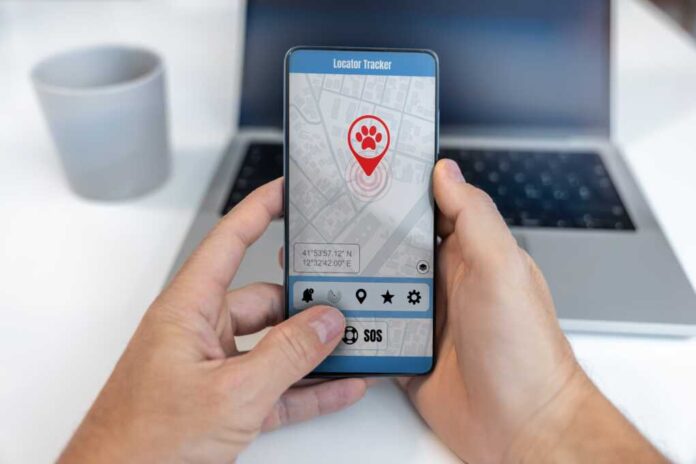
Worried about your pet vanishing into the night? A surge in affordable pet-tracking tech is giving owners real-time peace of mind—especially for the escape artists among cats and dogs.
At a Glance
- GPS collar trackers (Tractive, Jiobit, Pawfit) cost under $100, with ~$100/year subscription fees
- Devices use 4G or Wi‑Fi to send location data to smartphones, plus geofence alerts and fitness tracking
- Battery life typically runs 2–3 days, shorter in low-signal areas or with heavy use
- Bluetooth tags like Apple AirTags are cheaper and work indoors, but lack long-range outdoor tracking
- Microchips remain essential for permanent ID if pets are found
How Pet Trackers Keep You Connected
Collar-mounted GPS devices send your pet’s real-time location over a 4G or Wi‑Fi network to a smartphone app. Popular options like Tractive, Jiobit, and Pawfit also provide geofencing (alerts if pets stray) and activity tracking. A typical tracker costs less than $100, with an annual cellular fee in a similar range. Battery life generally lasts 2–3 days, though it drains faster when the signal is weak or if the device is used heavily, according to AP News.
AirTags: Budget-Friendly Indoor Option
For indoor cats or pets that stay close to home, Bluetooth trackers like Apple AirTags offer a low-cost alternative. They rely on nearby smartphones for location updates and offer months-long battery life—but their short range limits usefulness in large outdoor areas or rural environments.
Collar Trackers vs. Microchips
While GPS collars provide real-time tracking and alerts, microchips remain an essential backup. Implanted under the skin, a microchip doesn’t require batteries and can’t fall off, but it only works when a lost pet is found and scanned—there’s no live tracking involved. Experts advise combining both tools to maximize your chances of recovering a lost pet.
Watch a report: No More Lost Cats and Dogs.
Real-World Success: Maple the Cat
One owner shared how a Tractive GPS collar helped locate her cat Maple, who had ventured 10 houses away and returned twice overnight. Though the collar was later lost, the GPS data helped retrieve the cat—illustrating the real-world value of these devices.
Choosing the Right Solution
If your pet spends time outdoors, a GPS collar with a subscription plan is worth the investment. For strictly indoor pets, a Bluetooth tracker may suffice. But in all cases, a microchip is a must—it guarantees permanent identification and dramatically increases the odds of a safe reunion.
For more pet-tech tips or tracker recommendations, just ask!





























